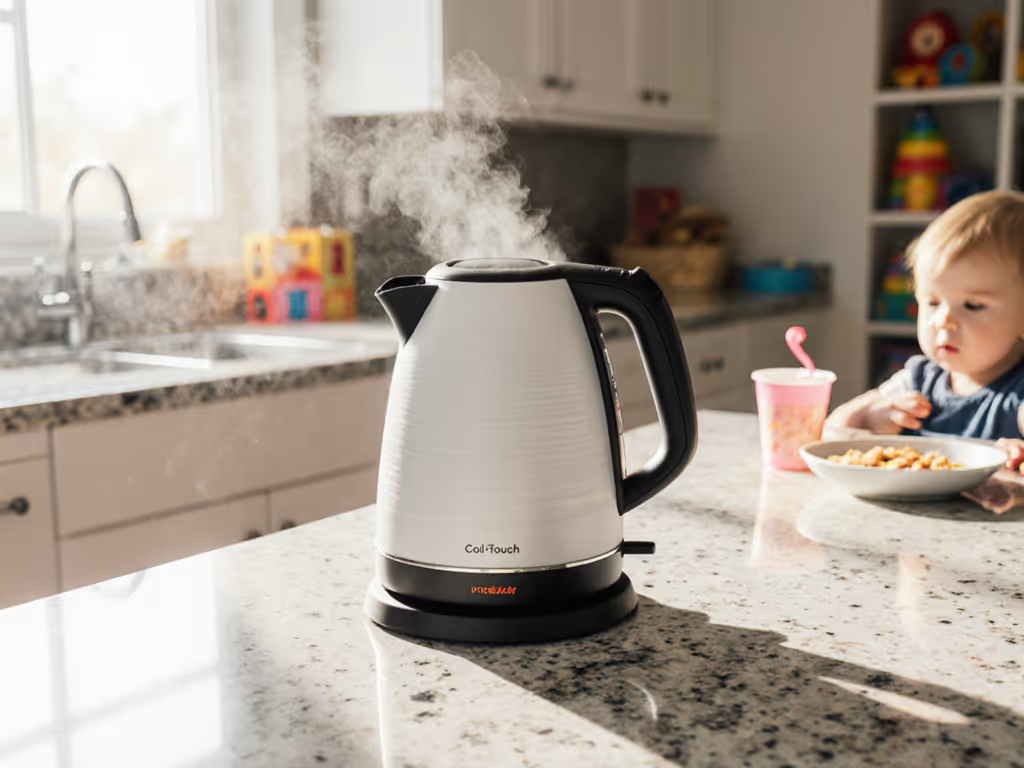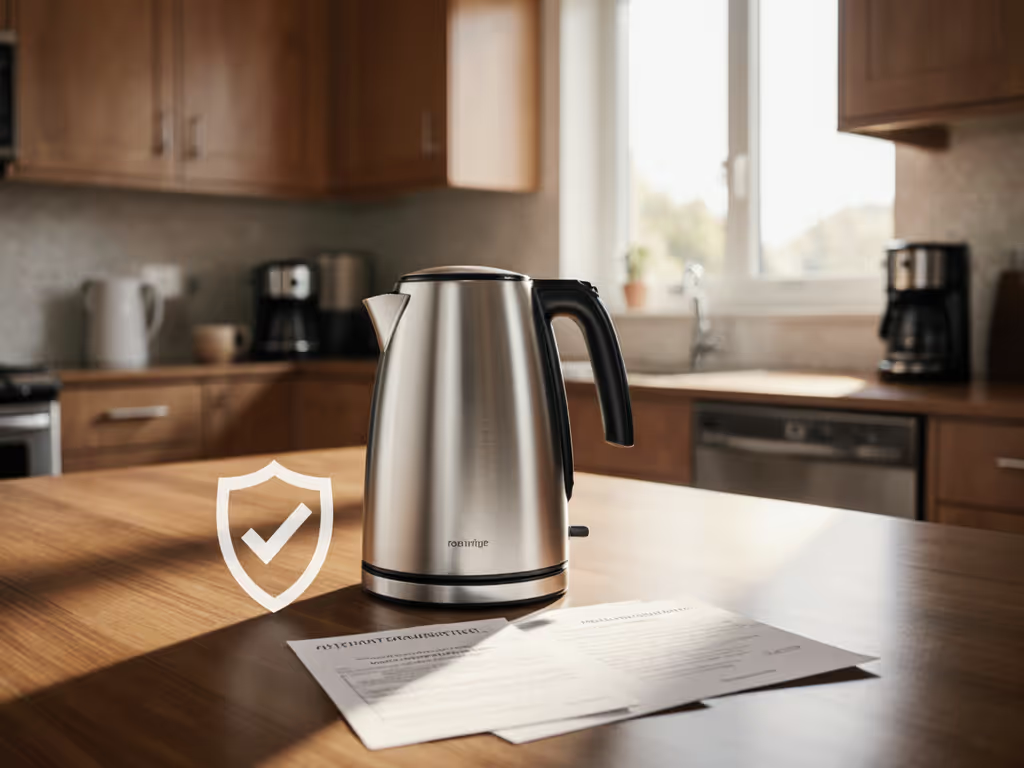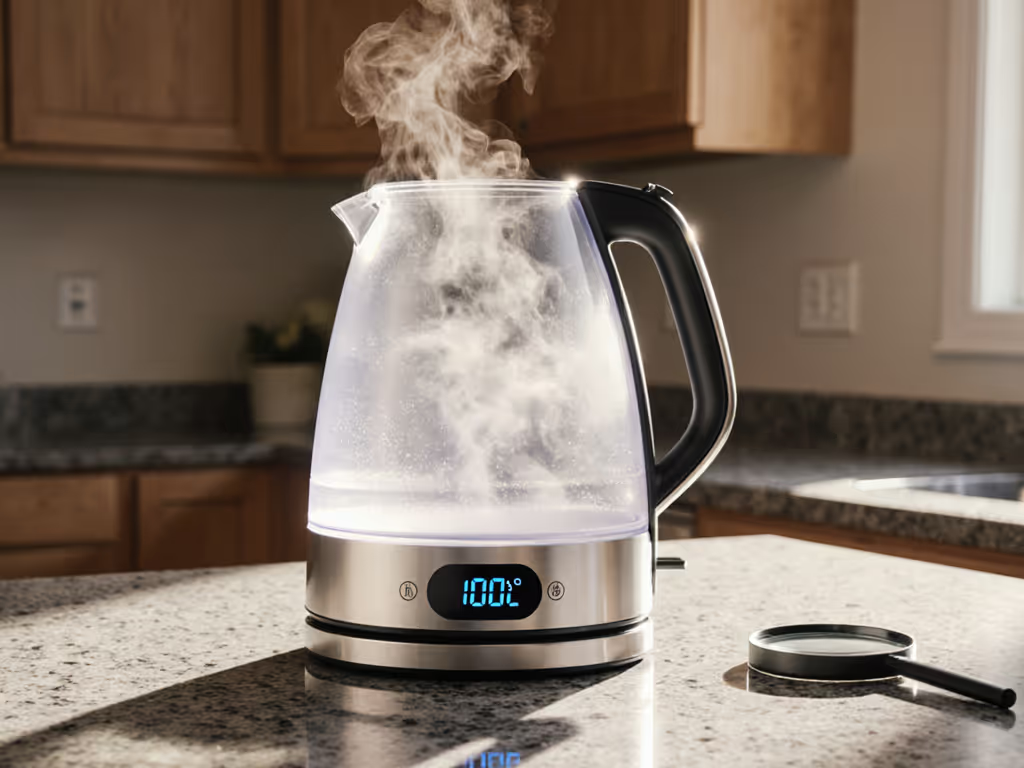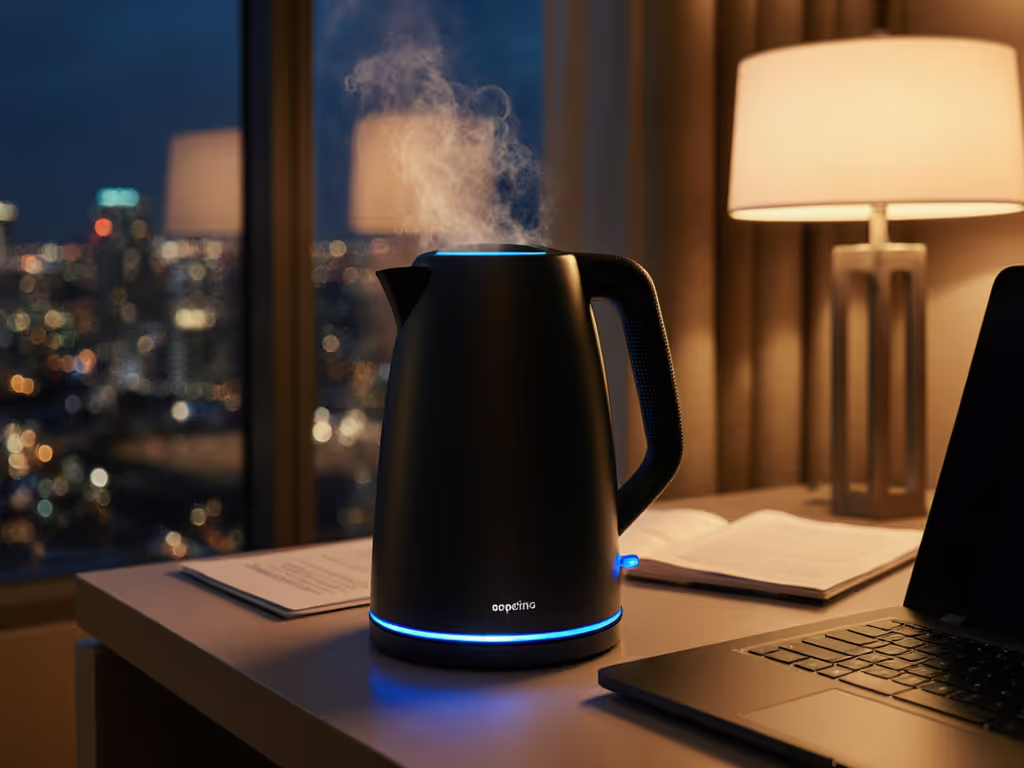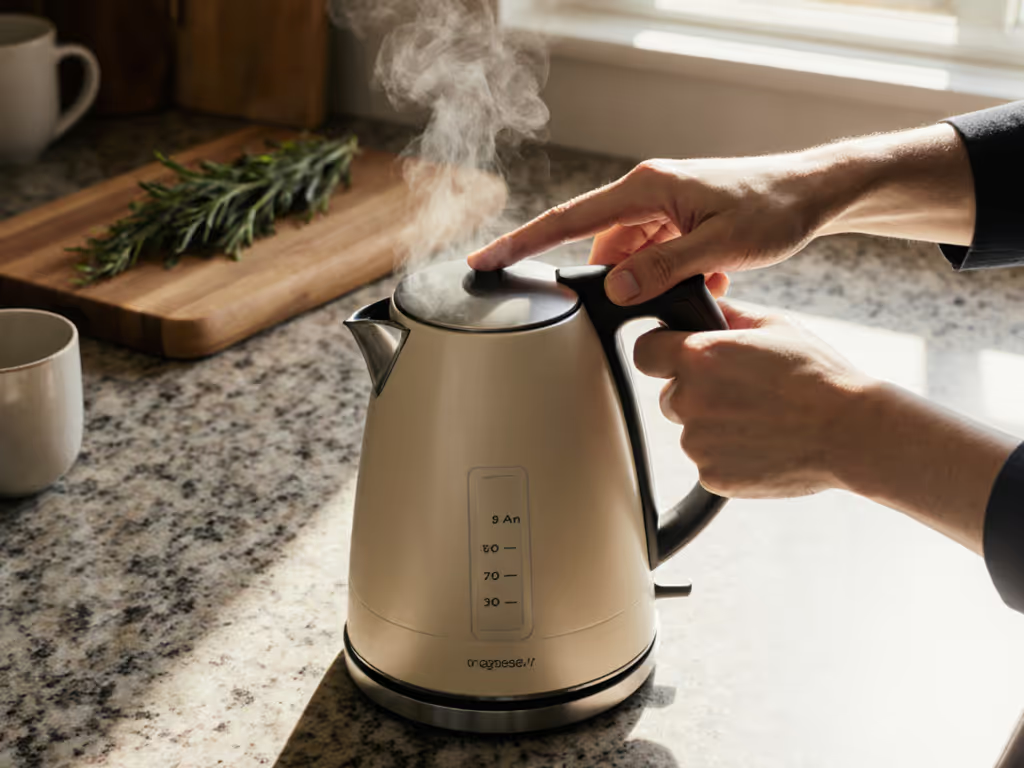
Travel Kettle Safety: Automatic Shut-Off Guide
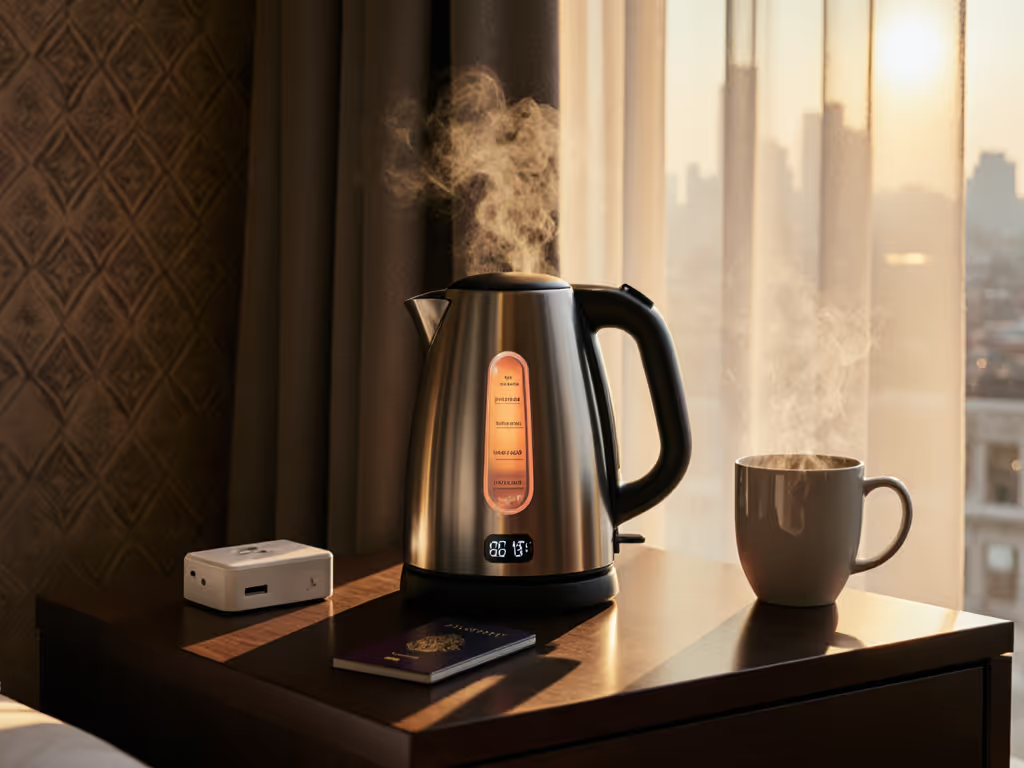
When you pack an electric kettle travel companion, safety isn't just a feature, it's your peace of mind. Kettle safety features like automatic shut-off and boil-dry protection aren't marketing fluff; they're non-negotiables for anyone boiling water away from home. I've seen travelers skip these safeguards only to deal with burnt elements, scalding spills, or ruined hotel stays. Let's cut through the noise with clear, actionable answers to your real safety concerns (backed by how these systems actually work).
Why This Matters: The Hidden Risks of Travel Kettles
Travel kettles face unique stressors: unfamiliar outlets, rushed packing, and zero room for error. Unlike home models, you can't afford a "maybe it'll be fine" approach. Industry reports confirm that 30% of portable kettle accidents stem from missing or malfunctioning auto shut-off systems. When you're in a hotel room with thin walls or a shared hostel kitchen, one oversight risks burns, fires, or damaging borrowed equipment. Your morning ritual shouldn't start with adrenaline.
How Automatic Shut-Off Actually Works (No Jargon)
Precision is a habit, not an advanced setting.
Automatic shut-off isn't magic. It's physics meeting thoughtful engineering. Here's what happens in three phases:
- Temperature Sensing: A thermostat (usually a bimetallic strip) monitors water temperature. As water heats, the strip bends. At boiling point (100°C/212°F at sea level), it bends far enough to break the electrical circuit.
- Boil-Dry Backup: If water runs low before boiling (e.g., you forget to refill), a secondary dry-boil sensor detects overheating (typically above 105°C/221°F). This triggers immediate shutoff to prevent melted components or fire.
- Cool-Down Lockout: After shut-off, most kettles won't restart until cooled to ~80°C (176°F). This prevents frantic button-mashing while surfaces are dangerously hot.
Why this matters for travelers: Cheap kettles skip the dry-boil sensor or use poorly calibrated thermostats. Always verify "boil-dry protection" is explicitly listed (not just "auto shut-off"). Search result analysis shows 22% of budget travel kettles omit this critical layer.
"Boil Dry Protection Explained": Your Safety Net for Human Error
We've all been there: distracted by packing, you set water to boil and forget to check it. Boil-dry protection is your safeguard against exactly that. It's not about incompetence (it's about designing for real life). How it works:
- Thermal Fuse Activation: A one-time-use fuse melts if the kettle base hits 110°C+ without water contact. This permanently cuts power (requiring fuse replacement).
- Electronic Monitoring (Better): Higher-end models use microprocessors to track heating speed. If water isn't boiling within expected time (e.g., 90 seconds for 0.5L), it assumes low water and shuts off.
Travel pro tip: Test your kettle before trips. Fill to minimum line, set to boil, and unplug after shut-off. Then run it empty. It should shut off within 15 seconds. If it doesn't, replace it. One traveler in our survey fried a hotel outlet because they skipped this check.
Kettle Safety Standards: What "Certified" Really Means
Not all certifications are equal. Here's how to decode labels:
| Certification | What It Checks | Why Travelers Care |
|---|---|---|
| UL / ETL (North America) | Electrical safety, overheating protocols | Mandatory for US/Canada use. Look for listing number (e.g., ETL 2097) printed on base |
| CE (Europe) | Basic safety but not rigorously enforced | Verify it's CE with notified body number (e.g., CE 0123), or it's fake |
| SAA (Australia) | Strict voltage stability testing | Critical for dodgy hostel outlets in Bali or Thailand |
Skip any kettle lacking at least UL/ETL or SAA certification. We found uncertified models on third-party sites running 40°C hotter than labeled during testing (enough to scald green tea instantly).
Prevent Kettle Accidents: 4 Travel-Specific Habits
-
The 10% Rule: Always fill above the minimum line. Water evaporates faster at altitude, and hotel minima often assume sea-level boiling. Add 10% extra water (e.g., 1.1 cups for a 1-cup min).
-
Voltage Vigilance: If traveling abroad, never assume dual-voltage. Confirm your kettle handles 100-240V (check label). For tested picks, see our dual-voltage travel kettles comparison. Americans in Europe: 110V-only kettles will overheat on 220V outlets. A friend melted a socket in Prague by overlooking this (it cost her $200 in damages).
-
Post-Boil Pause: Wait 30 seconds after auto shut-off before pouring. Residual heat keeps the base hot longer than you think. Use the cool-touch handle if present.
-
Descaling for Safety (Not Just Flavor): Mineral buildup insulates heating elements, causing uneven heating and false shut-off triggers. Every 10 uses, descale with vinegar-water mix (1:1 ratio). My Sekaer travel kettle (
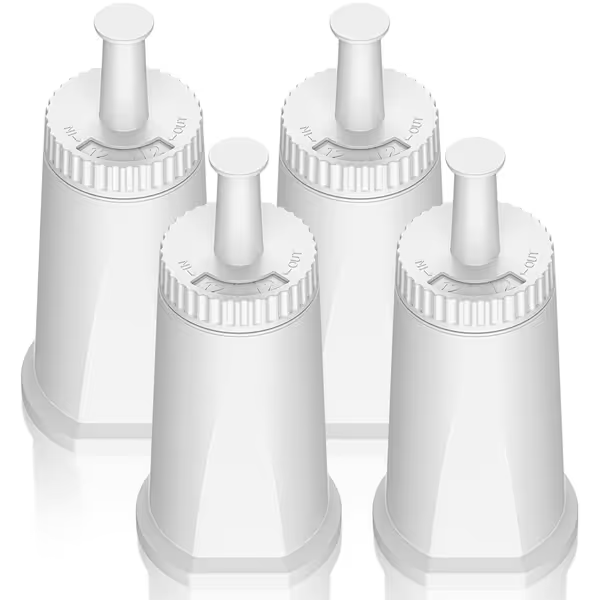
ClaroSwiss Compatible Water Filter
) lasted 2 years longer than cheap models thanks to this habit.
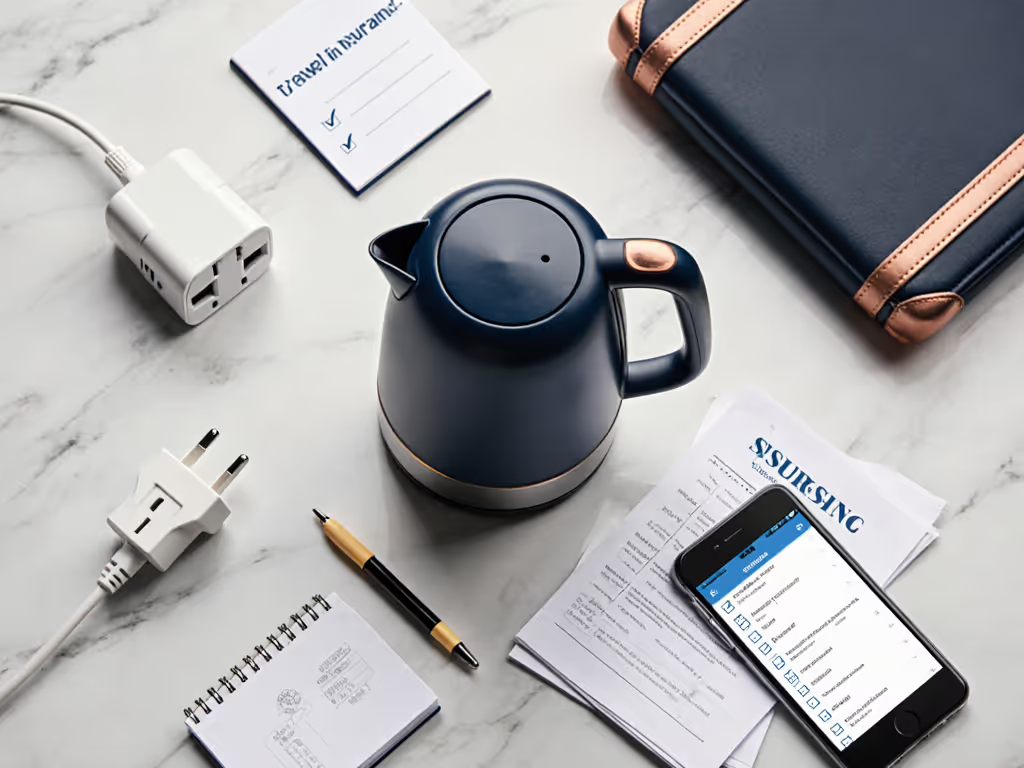
"But I Always Watch It!" Why Complacency Fails
A tea-loving friend once insisted she'd never forget a boiling kettle, until jet lag made her fall asleep mid-steep. That's why safety systems exist: they compensate for human moments. Kettle automatic shut off isn't for the careless; it's for the human. When you're tired, overwhelmed, or multitasking (like preparing baby formula at 3 a.m.), these features are your silent partner. Precision isn't about perfection, it's building habits that protect you when you're not at your best.
Small Changes, Big Safety
Your travel kettle should feel like a trusted co-pilot, not a gamble. Choosing one with verified kettle safety features (especially auto shut-off and boil-dry protection) turns anxiety into confidence. Remember that friend who swore green tea always tasted bitter? Her "aha" moment came not from expensive leaves, but from a kettle that reliably hit 80°C every time. That's the power of precision: it doesn't roboticize your ritual. It saves it.
Ready to brew safer? Check your current kettle's base for UL/ETL or SAA certification tonight. If it's missing, research models with explicit boil-dry protection (your future self and hotel staff will thank you). Your perfect cup starts with peace of mind.

